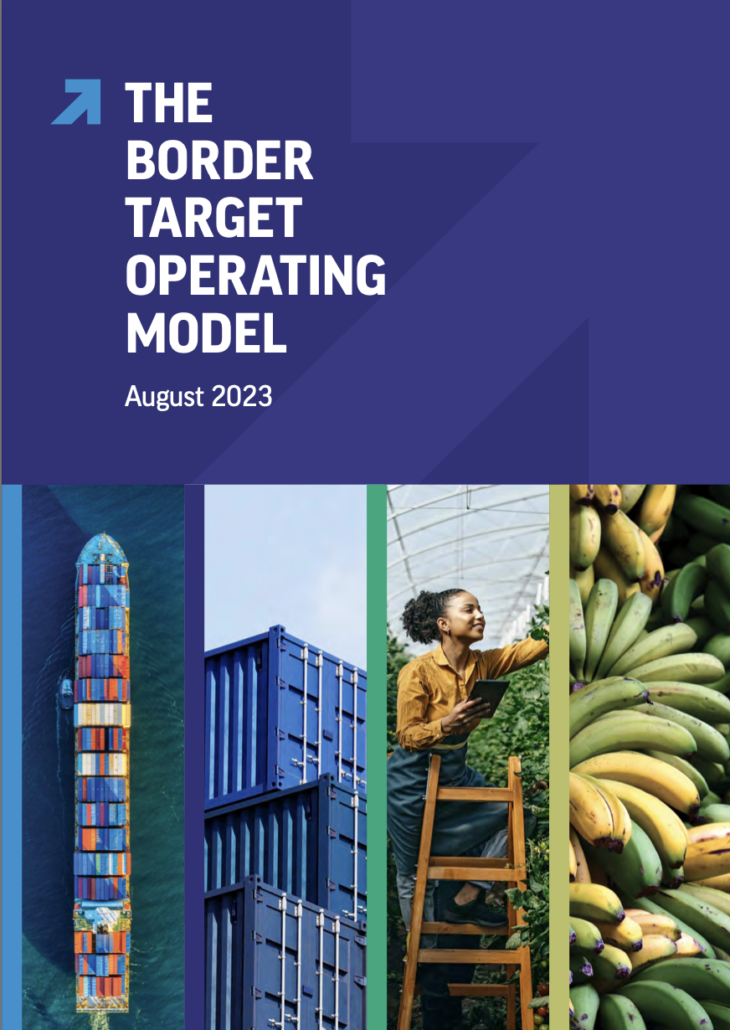Adapt your logistics chain to the BTOM
The phased introduction in the United Kingdom (UK) of the Border Target Operating Model (BTOM) also has implications for logistics chain execution. Delays show on the horizon. Read below on how to stay as ahead of new risks as possible.
Tip 1: Take longer lead times into account
First of all, it is important to realise that lead times for UK certificate-pending veterinary and phytosanitary cargo will never be the same as before Brexit. A last-minute order in the morning that hits the ferry in the afternoon really is a thing of the past. Requesting and performing an inspection required for a certificate in the Netherlands simply takes time. Always keep this in mind. Inform yourself in good time about the lead time of the relevant inspection authority from the application to the execution of an inspection.
Tip 2: Adjust groupage transport to inspection probability
The UK is checking high-risk and medium-risk cargo 100% and randomly at Border Control Posts (BCPs) at the port of arrival, respectively. For groupage transport in particular, this may necessitate new logistics choices. Combining low-, medium- and/or high-risk products in one trailer may lead to unpleasant situations. When a medium- and/or high-risk product is selected for inspection, the low-risk cargo also comes to a standstill. Therefore, as a logistics service provider and exporter, make timely and sound agreements on how best to organise the logistics chain.
Tip 3: Become a Trusted Trader or Authorised Operator

